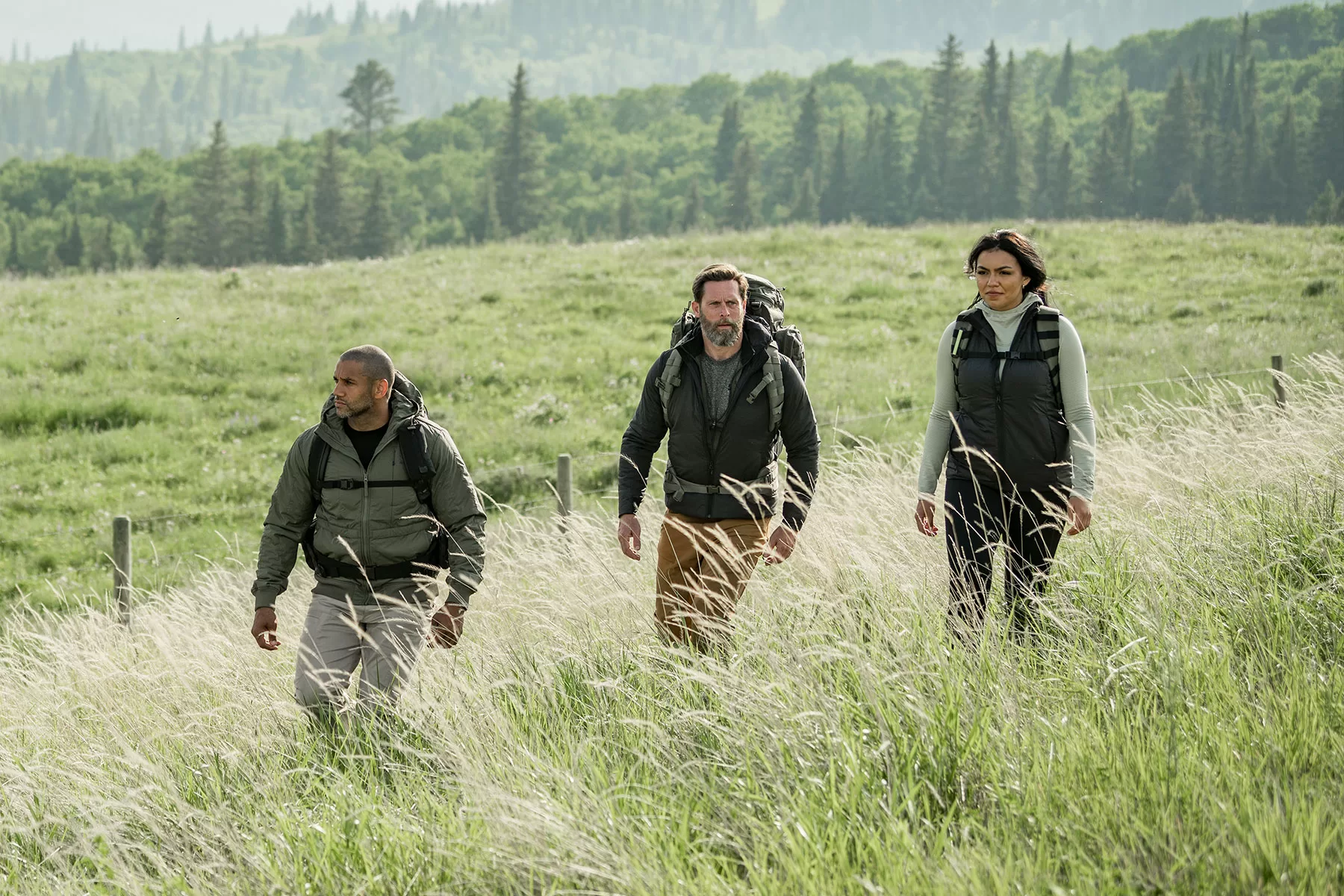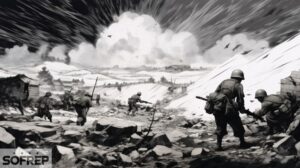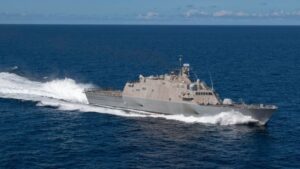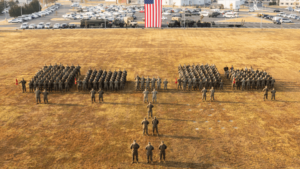A backpack is so much more than just a backpack. It serves as an ally on your mission, a trustworthy sidekick to carry your load. Whether embarking on a long or short mission, a day hike, commuting, or perhaps an advanced hike off the beaten path – having the right backpack is essential. However, recognizing the challenge of selecting a backpack that truly meets your needs is equally crucial. Let us help navigate the backpack jungle more smoothly for you.
Designed for short-term use, a daypack is perfect for everyday activities. It is typically smaller and more compact than backpacks intended for longer trips or specialized purposes. Suitable for everyday carry like commuting and shorter day hikes.
Daypacks typically come in sizes ranging from 15 to 30 liters in capacity. This size is ideal for carrying essentials needed for a single day, such as a water bottle, snacks, a jacket, and personal items. Consider various factors such as weather, usage, and mission to determine whether a lightweight pack like the 5.11 Skyweight 24L Pack or maybe a sturdier RUSH12™ 2.0 Backpack 24L will be a better fit.
Daypack features
Design: Designed to be lightweight and comfortable, these smaller backpacks are suitable for activities like commuting, hiking, sightseeing, or running errands.
Compartments: Daypacks typically have a main compartment for larger items and may include smaller pockets or compartments for organizing smaller items like keys, phones, or wallets.
Versatility: Daypacks offer versatility and are suitable for a variety of activities. Some may have features like laptop sleeves, making them suitable for work or school, while others may have hydration system compatibility for outdoor activities.
Comfort: While not designed for heavy loads or extended periods of wear, daypacks still prioritize comfort. They often have padded shoulder straps and may include features like chest or waist straps for added stability.
Find your daypack here!
A daypack is a backpack suitable for everyday use or for shorter hikes.
Whether it’s referred to as a bug out bag, go-bag, emergency backpack, or by another name, this kind of bag serves to provide you with a portable and easily accessible collection of essential items needed for survival during unforeseen emergencies or disasters.Professionals like photographers, emergency personnel, and military personnel, along with sports enthusiasts and adventurers, also see value in having a ready Go-Bag for professional or active use.
Go-Bag Features
Spacious Design: Can hold essential supplies for 72 hours or more.
Durable Construction: Built to withstand long-term use.
Multiple Compartments: Allows for organized storage.
MOLLE Webbing: Permits attachment of extra equipment for customization.
Capacity: Typically ranges from 30 to 50 liters, providing enough room for survival essentials.
Interested in learning more about Go-bags? Explore further here!
A Go-bag also serves as a great option for longer hikes due to its larger capacity compared to a daypack. As mentioned before, it all depends on what you put in it and how you intend to use it!
5.11 Ambassador Sandra Vidrequinn has her Go-Bag for professional use, always ready to take off on a new mission.
A hydration system, often referred to as a hydration bladder or reservoir, is a portable system designed for hands-free hydration. Many use hydration systems for outdoor activities like hiking, biking, and running. Whether integrated into your backpack or worn independently, these systems provide a convenient way to stay hydrated on the go. These systems remove the necessity to halt and use a traditional water bottle, proving particularly practical for activities demanding constant movement.
Hydration systems can be built into the backpack or worn independently in their own hydration carrier pack.
Hydration Packs Features
Reservoir: This is where your water goes. It comes in different sizes, typically ranging from 1 to 3 liters, allowing you to carry different amounts of water based on your needs and the duration of your activity.
Hose: The hose lets you drink without using your hands. Just bite the valve to open it and sip away.
Bite Valve: This is the part of the hose you bite to let water flow through. It allows you to control the flow of water with your mouth. Its design prioritizes ergonomics and ease of use, even while on the move. Some bite valves feature additional features like locking mechanisms to prevent accidental leakage.
Pack Design: Hydration packs come in all sorts of styles, like backpacks or vests, with extra pockets for your stuff all to suit different activities and preferences. Some are integrated into backpacks, while others are standalone systems that can be worn like a vest or waist pack.
Insulation: Some packs keep your water cool in the heat or from freezing in the cold.
Find your hydration system now!
While it may not fit the traditional backpack mold, the small slingpack often earns its spot as a close relative to the backpack family. Its compact and agile size makes it perfectly suited for just about any scenario.
Slingpacks, also known as sling bags or crossbody bags, are single-strap backpacks worn diagonally across the body, offering ergonomic benefits and versatility. Unlike traditional backpacks, slingpacks feature a single shoulder strap worn diagonally across the body, providing ergonomic benefits and versatility. Slingpacks provide a comfortable carrying experience by distributing weight evenly across the chest, with support from the hip or back.
Designed to provide easy access to belongings without the necessity of removing the bag, a simple shift to the front enables you to retrieve essentials from the main compartment on the go. This makes sling packs an excellent choice for everyday use, from running errands to hiking or commuting.
Slingpack Features
Small: 5-10 liters, ideal for essentials like your everyday carry, multitool, first aid kit, water bottle, wallet and phone.
Medium: 10-20 liters, suitable for day trips with additional gear like a compact binoculars, energy bars, a few extra clothes, and a tablet.
Large: 20+ liters, perfect for longer adventures with tactical clothing layers, a survival kit, a hydration bladder, and a laptop.
Versatility: Suitable for urban commuting, outdoor activities, and travel.
Convenience: Easy access to belongings without having to fully remove the bag.
Compactness: Lightweight and streamlined design for traveling light.
Organization: Multiple compartments and pockets for better organization.
Ergonomics: Even weight distribution reduces strain on shoulders and back.
Find your perfect slingpack today!
The RUSH MOAB 8 is a perfect option if you don’t want to carry a traditional backpack.
Back in the day, these packs were all about helping soldiers on quick day missions. They were designed to carry only the most essential items needed for specific tasks. The assault pack was actually the first backpack made just for military use. Nowadays, these packs are built to prioritize lightweight construction and comfort, enabling soldiers to move with agility and ease.
Assault Pack Features
Compact Design: Prioritizes maneuverability and comfort.
MOLLE Webbing: A very common feature on assault packs. Allows customization with external gear such as extra pouches and accessories.
Hydration Compatibility: Often equipped with a compartment for a hydration bladder.
Durable Materials: Constructed with robust materials to withstand rough conditions, such as Cordura and Ballistic nylon.
The assault pack was the first backpack designed exclusively for military use.
Consider durability, material quality, capacity, and compatibility when selecting a backpack.
When it comes to backpack capacity, it all boils down to the nature and duration of your adventure.
For trip duration, think about how long you usually spend on your hikes. If your excursions are typically day trips, a smaller backpack ranging from 20-35 liters should be adequate. Overnight or weekend outings may call for a pack with a capacity of 35-50 liters, and for longer journeys or multi-day backpacking expeditions, opt for a larger backpack, usually between 50-70+ liters. You should also consider the volume and bulk of your gear. This includes your sleeping bag, tent, cooking equipment, clothing layers, and other essentials.
Learn more about backpack capacity here.
When choosing a backpack, durability should be at the top of your list. Look for ones made with tough materials that can stand up to a lot of wear and tear. The two most common fabrics known for their durability are Ballistic nylon and Cordura nylon.Determine fabric strength by checking the nylon denier. Usually, it is written as a number followed by the letter “D.” The higher the number, the tougher the nylon. Ballistic and Cordura nylon fabrics usually have a denier of around 500D. While polyester can have the same denier, it’s usually heavier than nylon and not as strong pound for pound.
Seasonal variations and climate conditions will impact the amount and bulkiness of your gear. Seasonal changes and different climates will affect the amount of gear you need to carry and its bulkiness. For example, in colder weather, you might need a bigger backpack since you gear will most likely be bulkier than during summer. Use stuff sacks or measure your gear to make sure your backpack has enough room for everything you need, and that it’s comfortable to carry.



